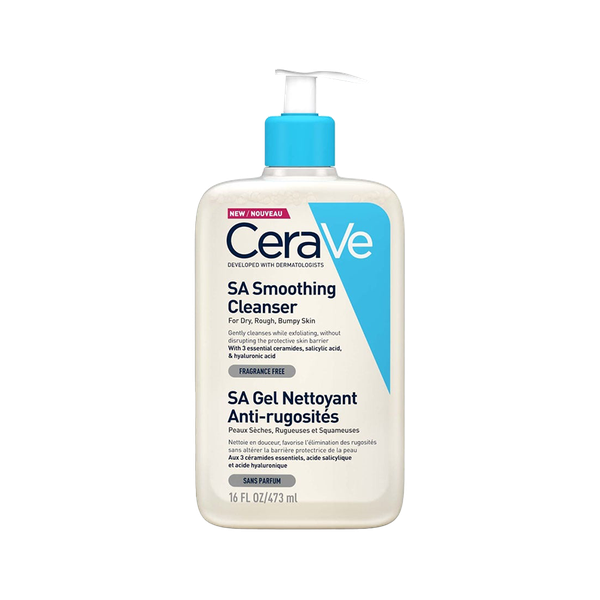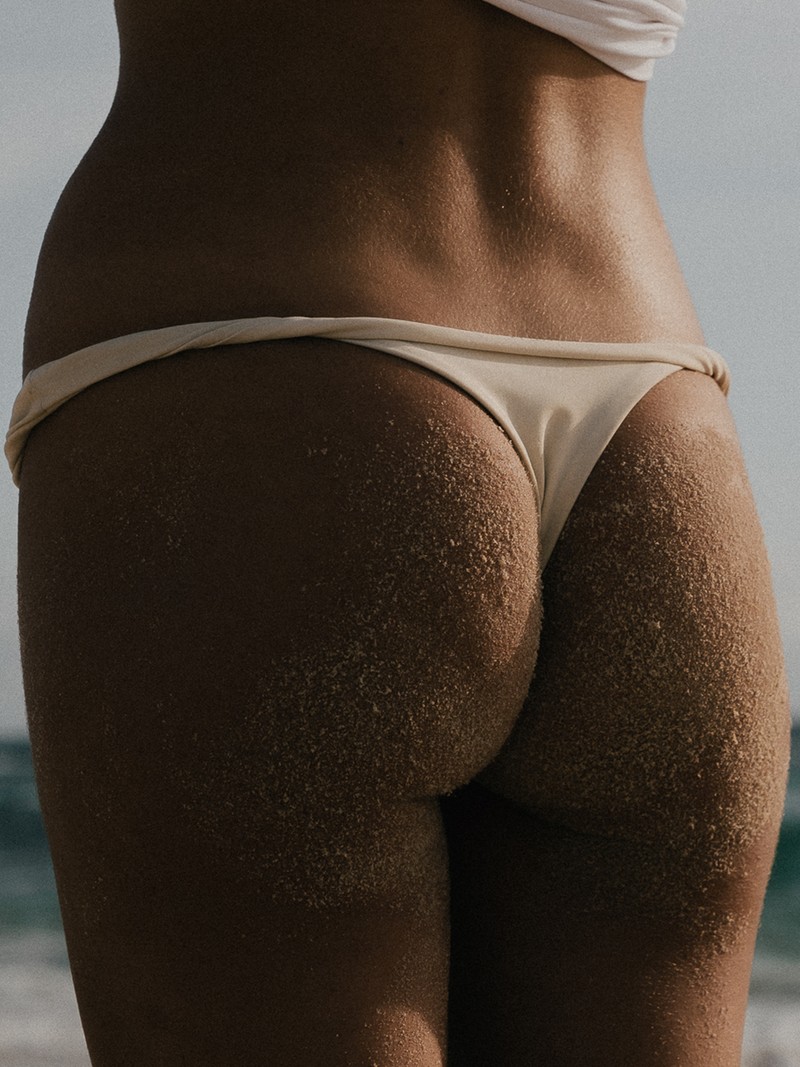
How To Deal With Bum Acne
Why is the bum area prone to spots?
“In the buttock area there are more hair follicles,” explains consultant dermatologist Dr Justine Hextall, “and the skin is more exposed to friction and sweat than other parts of the body, like the abdominal area for example.” This “warm, occlusive” environment is an invitation for clogged pores, an unbalanced microbiome and irritated follicles, all which can lead to spots and irritation.
Are spots on the bum always acne?
The spots on your bum might look like acne, but they’re most likely something else, explains Dr Anjali Mahto, consultant dermatologist and founder of aesthetic clinic Self London. “True acne on the bum is rare. Most spots in this area are actually a form of folliculitis, which occurs when hair follicles become inflamed or infected. Because it can show as small red bumps or pustules it’s often mistaken for acne.” In some cases, particularly if the skin is oily or hormonal changes are involved, it can be true acne, which a dermatologist would be able to diagnose and treat.
Another common skin condition found in that area is keratosis pilaris (commonly known as KP), says Justine. “This is where keratin blocks pores, which shows up as multiple, small bumps. The upper arms and thighs are typical areas to find this, so if you also have it there, it could be the cause.”
Are there easy ways to avoid any issues?
Skin issues on your bum are common, but they are often easy to remedy – if you know the cause. “Keeping the area clean and dry is key,” says Anjali, “so avoid non-breathable clothing (especially for workouts). Choose cotton underwear over synthetic. Shower after sweating, and don’t sit in damp clothes like swimsuits for too long.” If you’re someone that exercises frequently, bear all of this in mind, as trapping in the heat and moisture creates a breeding ground for bacteria, which can quickly lead to worsened skin. Another cause could be a lack of a skincare routine that focuses on exfoliation and hydration.
How can I look after the area better?
Take a few minutes during your shower and afterwards to focus on showing some love to your skin where it needs it. “In the shower, use emollient washes to help protect the skin barrier” says Justine. Anjali adds that “avoiding harsh soaps or heavily fragranced products may help prevent irritation.” After that, “gentle exfoliation can help prevent clogged pores” she says, followed by more skin soothing hydration. It might mean getting up and out of bed five minutes earlier but, says Justine, “being consistent with skincare over several weeks will really show results”.
And what are the specific skincare ingredients to look for?
When it comes to exfoliating products, “salicylic acid to unblock pores is perfect for blemish-prone skin and keratosis pilaris”, says Justine. Anjali adds that other antibacterial ingredients like benzoyl peroxide and lactic acid can help to prevent and treat clogged follicles, and you should also “avoid overly harsh scrubs or alcohol-based products, which can worsen irritation.” Justine also suggests ramping up the use of ceramides, which will help strengthen the skin barrier. Introducing those ingredients via products like the ones below could be the key to unlocking a pimple-free posterior.
Follow @TARRANTSTCLINIC & @ANJALIMAHTO
SHOP THE SKIN-SMOOTHING EDIT
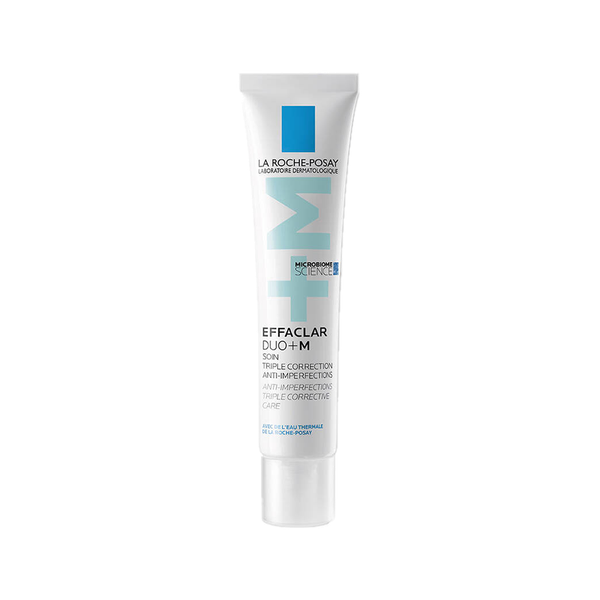
LA ROCHE-POSAY,
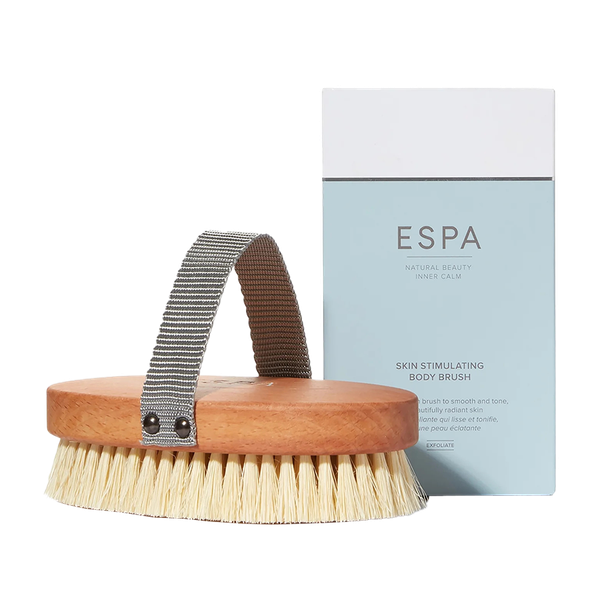
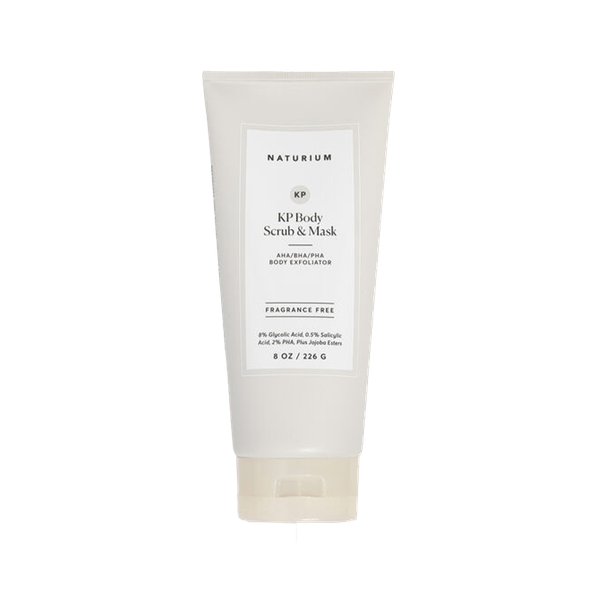
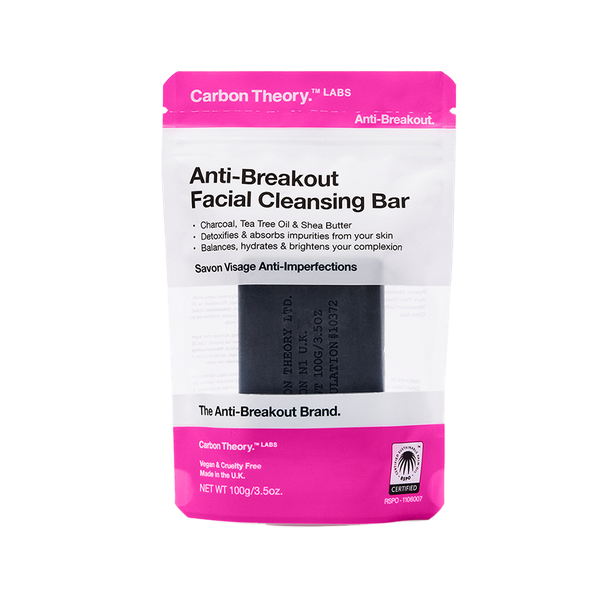
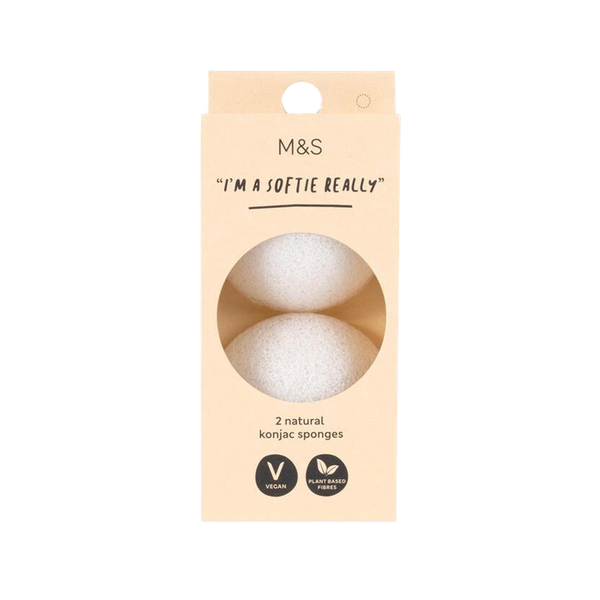
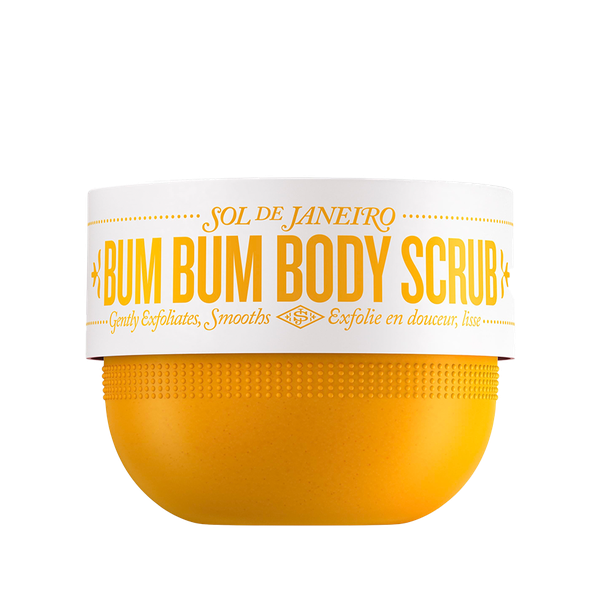
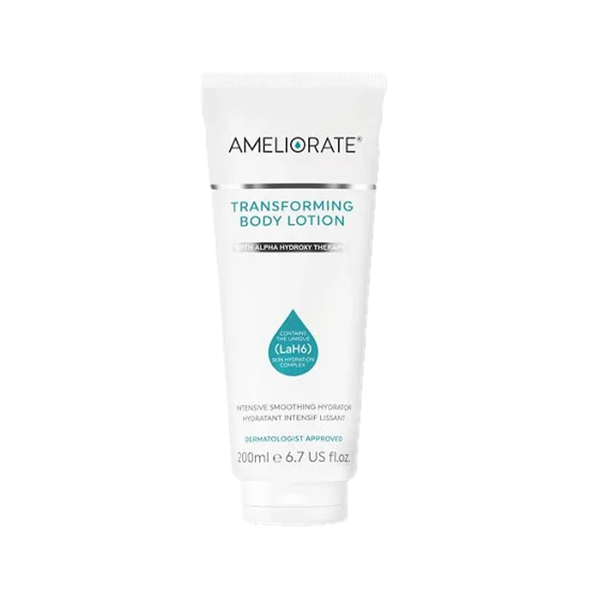
DISCLAIMER: We endeavour to always credit the correct original source of every image we use. If you think a credit may be incorrect, please contact us at info@sheerluxe.com.
